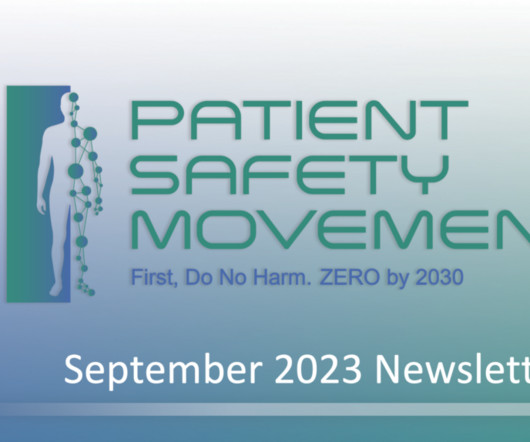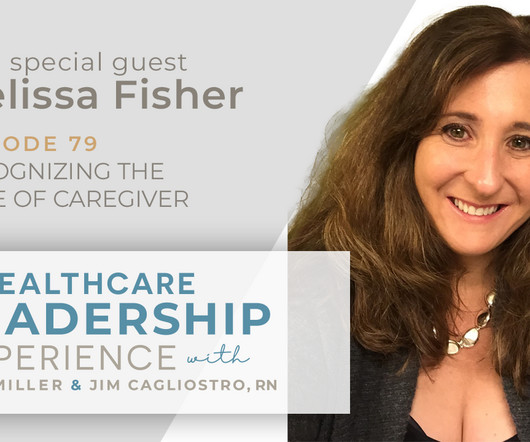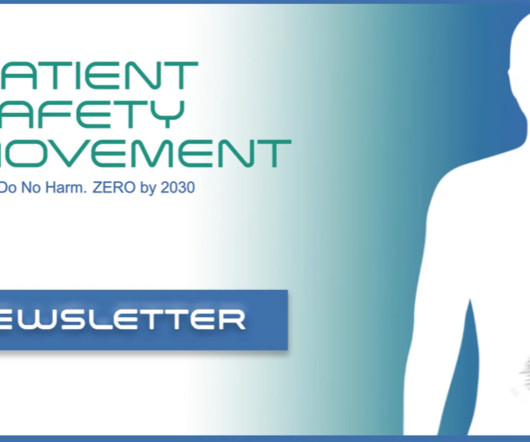10th Annual World Patient Safety, Science & Technology Summit Begins
Patient Safety Movement
JUNE 1, 2023
On the first day of the Summit, global patient safety leaders call for increased urgency in reducing preventable deaths. In a keynote address, Don Berwick, MD, MPP, FRCP, former administrator of the Centers for Medicare and Medicaid Services pointed out that one in four hospital patients experience injury as a result of their care.












Let's personalize your content